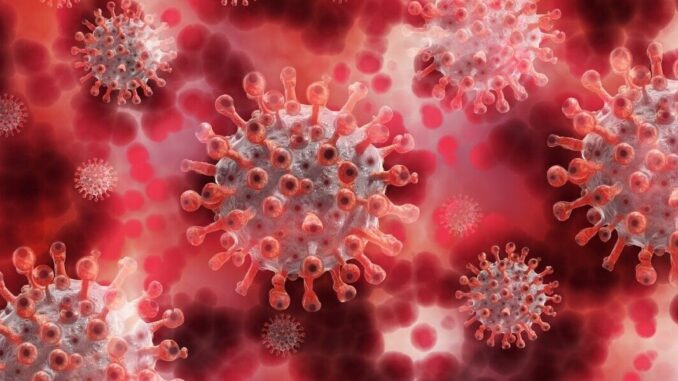
25% (up/-3%) Vaudians currently have antibodies against coronavirus. Preliminary results from the third part of the Unisanté study, as part of the corona Immunitas national research program, show this. Although the virus is still circulating among adults aged 20 to 40, immunity has increased in all age groups, including seniors: 1/5 of those aged 65 to 75 and almost 1/3 of people over 75 (excluding EMS) are protected, in part through vaccination.
Conducted since the beginning of May by Unisanté with representative samples of the Vaud population, the SérocoViD study is part of the national research program Corona Immunitas. By measuring the level of antibodies in the blood, this study estimates the proportion of the population that has developed immune defenses, whether these people have been infected or vaccinated. Its objective is to understand how coronavirus is transmitted among the population, in order to help political and public health authorities take appropriate measures to control the epidemic.
A quarter of infected Vaudois
Preliminary results from the SérocoViD study revealed on 8 June that 7% of Vaudois had been infected with coronavirus and had developed immune defences. This figure was 17% in November, at the peak of the second wave, reaching 25% at the beginning of February, with one in four Vaudois having now developed defences against coronavirus. These latest results cover a sample of more than 1,000 people over the age of 15. The participants were randomly selected in the population register of the Federal Statistical Office.
All age groups partially protected
The natural infection rate of adults aged 20 to 40 (27%) is only slightly higher than that of adolescents (25%), but remains higher than that of those over 65 years of age (18%), the differences having significantly decreased compared to the first wave. This is probably due to the greater intergenerational mix during the second wave, especially during the holiday season. Thanks in particular to vaccination, the total proportion of protected persons rises to 21% among those aged 65 to 75, and to 28% among people over 75 years of age (excluding EMS).
Brake against a third wave?
While the summer statistics gave the impression of low transmission of the virus, the disease was actually transmitted at low noise, but serious enough that the number of infected people increased exponentially by the end of the summer, from one in fifteen Vaudians who developed antibodies to one in six Vaudois in the middle of the second wave. , and now one in four Vaudois. This partial population immunity should allow, in addition to the vaccination programme, to significantly curb the epidemic and avoid a third wave. However, it is not sufficient to sustainably control the epidemic. Vaccinating the population widely is essential, starting with the most vulnerable people.
Links : www.vd.ch/coronavirus-serologies, www.unisante.ch, www.corona-immunitas.ch
* The Unisanté SérocoViD study is part of the National Corona Immunitas research program of the Swiss School of Public Health (SSPH+) to determine immunity to SARS-CoV-2 in the Swiss population. This program provides politicians with reliable epidemiological data to inform decisions on appropriate and effective measures to protect the public. In addition, it supports the prevention of new waves of infection and, through this, also the overloading of the Swiss health system. www.corona-immunitas.ch, www.ssphplus.ch
Press release from the State of Vaud – Source and details



Be the first to comment